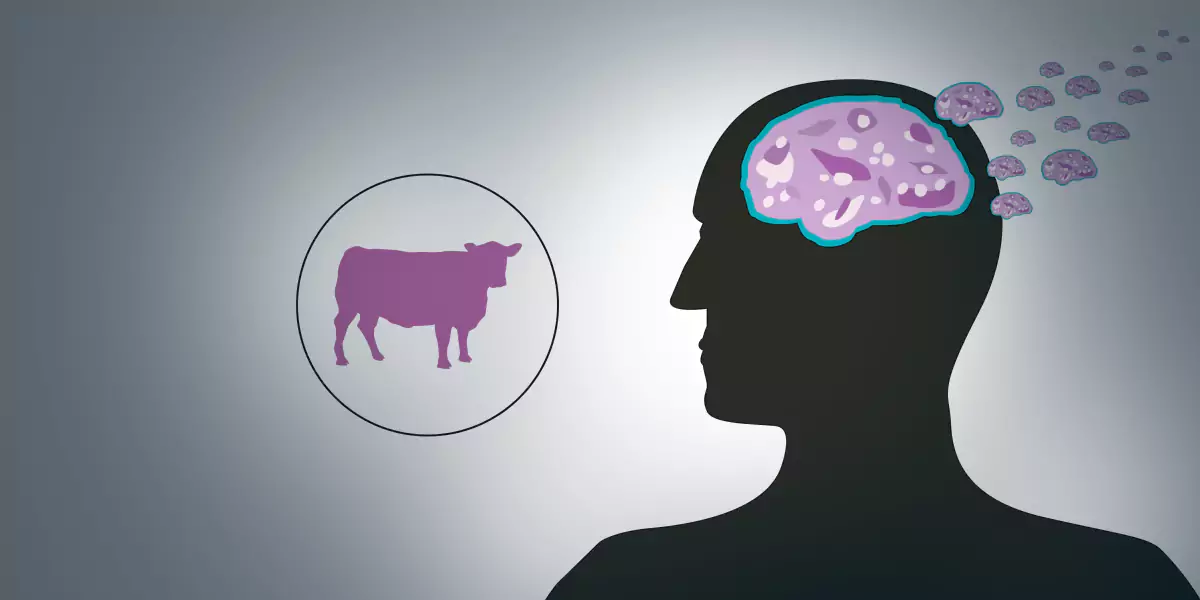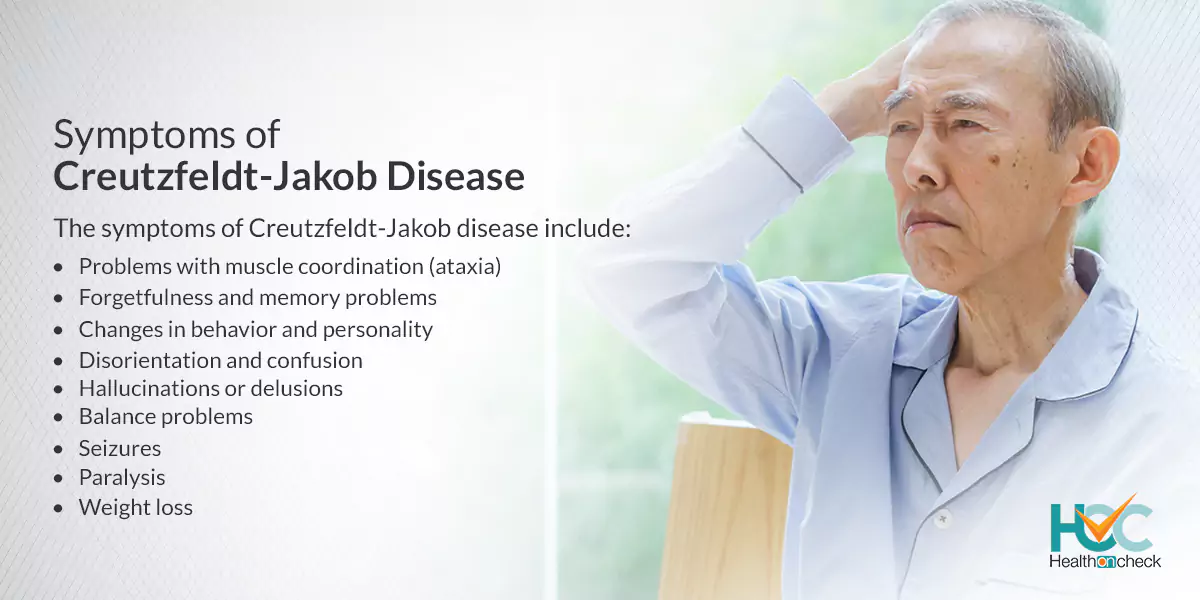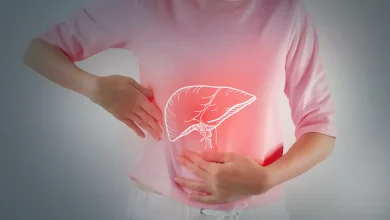What is Creutzfeldt Jakob Disease?

What is Creutzfeldt Jakob Disease?
Creutzfeldt-Jakob disease, also called CJD, is a rare brain disorder that results in dementia. This condition belongs to a group of human and animal diseases known as prion disorders. With time Creutzfeldt-Jakob starts worsening and damaging your brain, and leads to dementia-like symptoms. When you have this condition, faulty proteins, called prions, start building up in your brain cells, and damage those cells. The condition is quite severe, and it develops and worsens rapidly. Creutzfeldt-Jakob disease ultimately leads to death, and unfortunately, there is no cure, treatment, or even a procedure to slow down the progress of this life-threatening disease.
What are the Types of Creutzfeldt-Jakob Disease?
The different types of Creutzfeldt-Jakob disease include:
– Sporadic CJD
It is the most common type of CJD, making up nearly 85% to 90% of cases. It occurs because of unknown reasons.
– Genetic CJD
As the name suggests, this type occurs due to a genetic mutation you inherit from one or both parents. It is ranked second among the most common causes, making up around 10% and 15% of CJD cases.
– Acquired CJD
This type is “acquired” from different sources, including such as medical procedures like organ or tissue transplants and grafts, contaminated surgical equipment, etc.
– Variant CJD (vCJD)
This type occurs from eating beef of a cow with bovine spongiform encephalopathy (BSE), another disease that happens because of prions. Prions that affect beef cattle with BSE can then pass it to humans and other species, causing vCJD.
Genetic CJD conditions
There are two specific genetic types of CJD:
– Gerstmann-Sträussler-Scheinker (GSS) syndrome
It is very rare and affects between 1 and 10 people out of every 100 million around the globe.
– Fatal familial insomnia
It is rarer than even GSS syndrome. Researchers have only confirmed nearly two dozen cases.
What are the Symptoms of Creutzfeldt-Jakob Disease?
The symptoms of Creutzfeldt-Jakob disease include:
– Forgetfulness and memory problems.
– Disorientation and confusion.
Changes in behavior and personality.
– Problems with your vision or processing along with understanding what you see.
– Hallucinations or delusions.
– Problems with muscle coordination (ataxia).
– Balance problems.
– Uncontrolled muscle movements and spasms (dystonia).
– Seizures.
– Paralysis.
– Weight loss.
What are the Causes of Creutzfeldt-Jakob Disease?
CJD is caused by the faulty proteins in your brain called prions. Proteins are chemical molecules that are required to hold a specific shape to work.
Your cells are not able to utilize proteins if they aren’t the right shape, because of which your body can’t break them down. Those proteins with nowhere to go, gradually build up in your brain cells (neurons), eventually destroying and damaging the neurons. When your body produces faulty proteins for any reason, those misshapen proteins can result in degenerative brain diseases, such as Alzheimer’s disease.
But prion-based diseases are different because instead of slowly building up faulty proteins, prions convert normal proteins into more prions. The number of prions increases and turns more proteins into prions. The more prions there are, the more rapidly the conversion occurs. That is why CJD from mild behavior changes to severe symptoms so rapidly.
Prions are also dangerous because they’re stronger than most microbes. Prions can’t be destroyed by cooking temperatures like viruses or bacteria. Your immune system is not strong enough to stop prions, an immunity can’t be developed to CJD or a vaccine to stop it.
What are the Risk Factors of Creutzfeldt-Jakob Disease?
The risk factors of Creutzfeldt-Jakob might include:
– Age
Sporadic CJD tends to develop in old age, normally around age 60. The onset of familial CJD happens a bit earlier. And variant Creutzfeldt-Jakob disease (vCJD) has affected people at a much younger age, normally in their late 20s.
– Genetics
People with familial CJD have genetic mutations that result in this disease. To have this type of CJD, a child should have one copy of the gene that causes CJD. The gene can be passed down from one of the parents. If you have the gene, there is a 50% chance of passing it on to your children.
– Exposure to contaminated tissue
People receiving infected human growth hormone might be at risk of getting iatrogenic CJD. Receiving a transplant of tissue covering the brain, known as dura mater, from someone with CJD increases a person’s risk of getting iatrogenic CJD.
What are the Complications of Creutzfeldt-Jakob Disease?
There are serious effects of Creutzfeldt-Jakob disease on the brain and body. The disease normally progresses very fast. Over a period, people with this disease withdraw from friends and family along with losing the ability to take care of themselves. Many go into a coma. The disease is always deadly.
How is Creutzfeldt-Jakob Disease Diagnosed?
CJD can be diagnosed using a combination of methods, including:
– Physical and neurological exams
Here your doctor looks for signs and symptoms of CJD along with asking you to do a few specific tasks, which are helpful to identify issues with how your brain is functioning.
– Diagnostic and imaging tests
These tests measure the activities of your brain or create images of the structure of your brain.
– Lab tests
These tests include analyzing your blood or cerebrospinal fluid (a fluid surrounding your spinal cord and brain) for signs of Creutzfeldt-Jakob disease, specifically prions and abnormal proteins. It can also include testing brain tissue directly after the death of a patient.
Specific tests to diagnose this condition
– Brain MRI
It’s the most accurate diagnostic imaging scan that can be used to diagnose CJD.
– Electroencephalogram (EEG)
This test helps to detect signs of abnormal brain activity. Such an activity can occur with other conditions besides Creutzfeldt-Jakob disease, still, this test is helpful to provide useful clues to doctors as they work on a diagnosis.
– Spinal tap (lumbar puncture)
Here the cerebrospinal fluid (CSF), surrounding your brain and spinal cord is taken for analysis. If levels of certain proteins are high in your CSF, then it might indicate a condition such as CJD, and shaking a CSF sample under some particular circumstances can result in changes that might indicate a problem linked to proteins and prions.
– Brain biopsy
In this test, a sample of your brain tissue is taken to analyze it. It is considered the most definitive procedure to confirm the diagnosis of CJD. Although brain biopsies are done after death, they’re only good for ruling out or confirming a CJD diagnosis.
– Genetic testing
A sample of your saliva or blood is analyzed to check whether you have a genetic mutation that heightens your chance of getting Creutzfeldt-Jakob disease.
What are the Treatment Options Available for Creutzfeldt-Jakob Disease?
Till now there is no effective treatment available for treating or curing Creutzfeldt-Jakob disease or any of its forms. Many medicines and procedures were tested but there had been no benefits of them. The treatment of this condition usually focuses on relieving pain and other symptoms along with making people with these diseases to be comfortable as long as they live as this disease results in death within a year of developing it.
Living with Creutzfeldt-Jakob Disease
Unfortunately, people with CJD and their family members go through lots of stress because it cannot be cured or treated and death is certain. Also in most cases, this condition worsens very rapidly causing death within weeks or months. Due to this disease being so severe and getting worse so fast, those close to a person with CJD should consider seeking the help of a mental health professional like a therapist or a counselor or therapist which will help them deal with the repercussions and changes that happen because of the condition of their loved one’s.
Whom to Consult?
People with CJD usually require expert medical care within weeks or months of being diagnosed. Due to this, it isn’t possible to take care of yourself if you have this disease. Treatment includes relieving pain and making you comfortable as much as possible and your doctor will generally recommend placing you in a medical facility.





